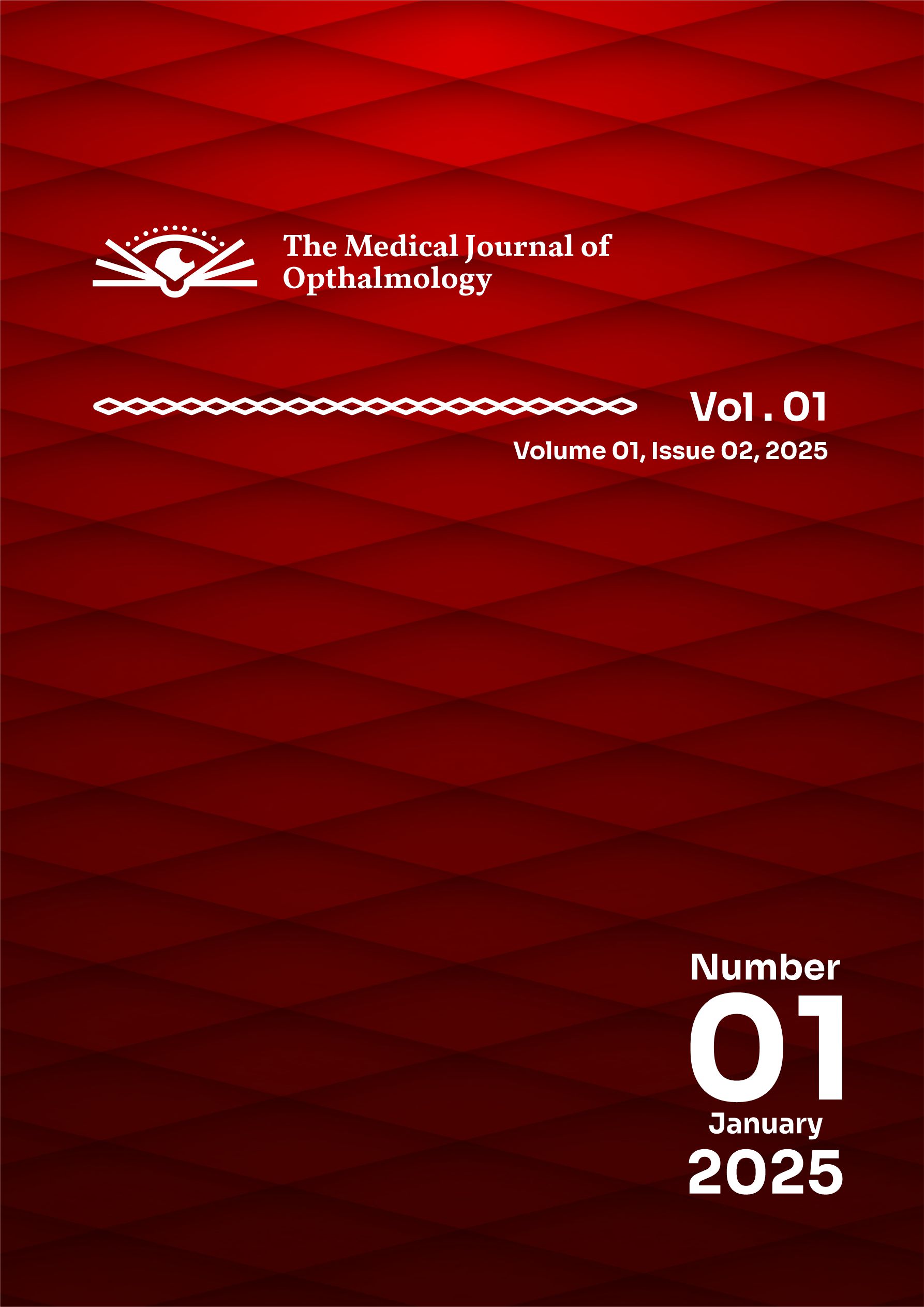Diagnostic Accuracy of the Amsler Grid Test for Detecting Neovascular Age-Related Macular Degeneration
Main Article Content
Abstract
Background: The diagnostic accuracy of the Amsler grid test for detecting neovascular age-related macular degeneration (nAMD) has been a subject of considerable research, revealing both its utility and limitations. Literature Review: The variability in perceived distortions between dry and wet AMD, as reported by (Fu et al., 2017), further illustrates the grid's potential as a subjective measure, which may not accurately reflect disease progression. While (Mohaghegh, 2019) positioned the Amsler grid as a gold standard for home monitoring, it also underscored its low accuracy for detecting subtle visual changes, necessitating the exploration of alternative diagnostic strategies. Innovative approaches, such as the automated image classification techniques introduced by (Pečiulis et al., 2021), signify a shift towards more precise diagnostic tools that could complement or replace the Amsler grid. Additionally, the critical evaluation by (Claessens et al., 2022) illustrated the Amsler grid's low sensitivity and high false negative rates, advocating for the development of user-friendly alternatives that enhance diagnostic accuracy. Finally, the multi-task learning approach proposed by (Morano et al., 2022) represents a significant advancement in AMD diagnosis by integrating lesion detection with traditional diagnostic methods. This reflects an ongoing commitment to improving the accuracy and reliability of AMD detection, ultimately aiming to enhance patient outcomes. Conclusion: In conclusion, while the Amsler grid test has historically served as a valuable tool for the initial screening of neovascular age-related macular degeneration, its limitations have prompted a search for more sophisticated and accurate diagnostic methods. The evolution of research in this field highlights the necessity for continuous innovation and validation of diagnostic tools to ensure timely and effective management of AMD.

